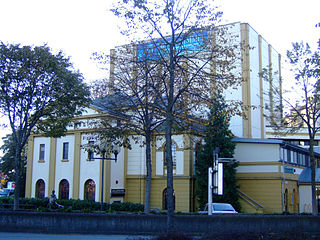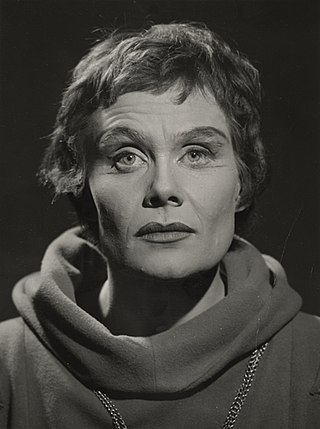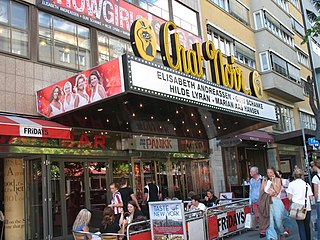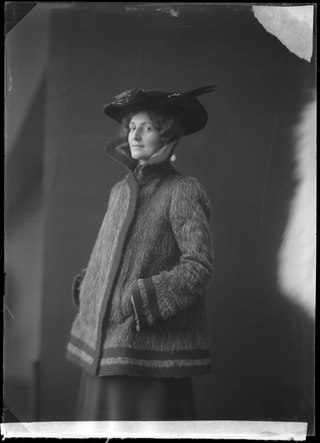Events in the year 1920 in Norway.

Rogaland Teater is a theatre in Stavanger, Norway.

Axel Otto Normann was a Norwegian journalist, newspaper editor, theatre critic and theatre director.

Merete Skavlan was a Norwegian actress, theater instructor and director.
Radioteatret is a department of the Norwegian Broadcasting Corporation which produces audio plays for radio broadcasting. It was established in 1927.

Jens Bolling was a Norwegian actor and theatre director. He was among the founders of Studioteatret, and a well-known interpreter of Norwegian fairy-tales.
Arne Thomas Olsen was a Norwegian actor, stage producer and theatre director. He was a driving force at Studioteatret, as both actor and producer.

Liv Dommersnes was a Norwegian actress and reciter of poetry. She was a member of group that founded Studioteatret in 1945.
Gerhard Herman Knoop was a Norwegian actor, stage producer, theatre director and film director. He is mostly known for directing the movies Minne om to mandager (1964), Dei rid mot havet (1960) and Avskjedsgaven (1961).

Gerda Ring was a Norwegian stage actress and stage producer. She was the daughter of writer Barbra Ring, and married actor and theatre director Halfdan Christensen in 1922. They were parents of the actors Bab Christensen and Pelle Christensen.

Chat Noir is a cabaret and revue theatre in Oslo, Norway. It was established in 1912 by Bokken Lasson. The current director is Tom Sterri.

Agnes Mowinckel was a Norwegian actress and theatre director. Born in Bergen into a distinguished family, she became Norway's first professional stage director. A pioneer in bringing painters to the theatre, she used light as an artistic element, and engaged contemporary composers. She took part in theatrical experiments, worked at small stages in Oslo, and founded her own theatre.
Barthold Johan Halle is a Norwegian stage instructor and theatre director. He worked for Studioteatret from 1947, was stage instructor at Rogaland Teater from 1949 to 1952, and joined Folketeatret from 1952 to 1959. He directed the films Afrikaneren from 1966, and Ungen from 1974. He was theatre director at Oslo Nye Teater from 1978 to 1984.

Det Nye Teater was a theatre that opened in Oslo, Norway, in 1929, and operated independently until 1959, when it merged with Folketeatret to form Oslo Nye Teater. Its original purpose was to support contemporary Norwegian drama.
The theatre strike in Norway in 1941 was a conflict between Norwegian actors and Nazi authorities, during the German occupation of the country. The strike involved theatres in the cities of Oslo, Bergen and Trondheim. The strike started on 21 May 1941, as a response to the revocation of working permits for six actors, after they had refused to perform in the Nazified radio. It lasted for five weeks.
Gunnar Carl Andreas Olram was a Norwegian actor and stage instructor.
Per Gjersøe was a Norwegian actor, stage instructor and film director.
The Carl Johan Theater was a theater in Oslo, Norway. It was initially located in the Christiania Tivoli amusement park in Oslo from 1893 to 1895, where it was led by Olaf Mørch Hansson. It staged performance of works such as Henrik Ibsen's Ghosts, Gabriel Finne's Før afskeden, and Gunnar Heiberg's Balkonen. Kalle Løchen was among the first actors it engaged.
Gunnar Simenstad was a Norwegian actor. In addition to his stage career, he appeared in several films.









